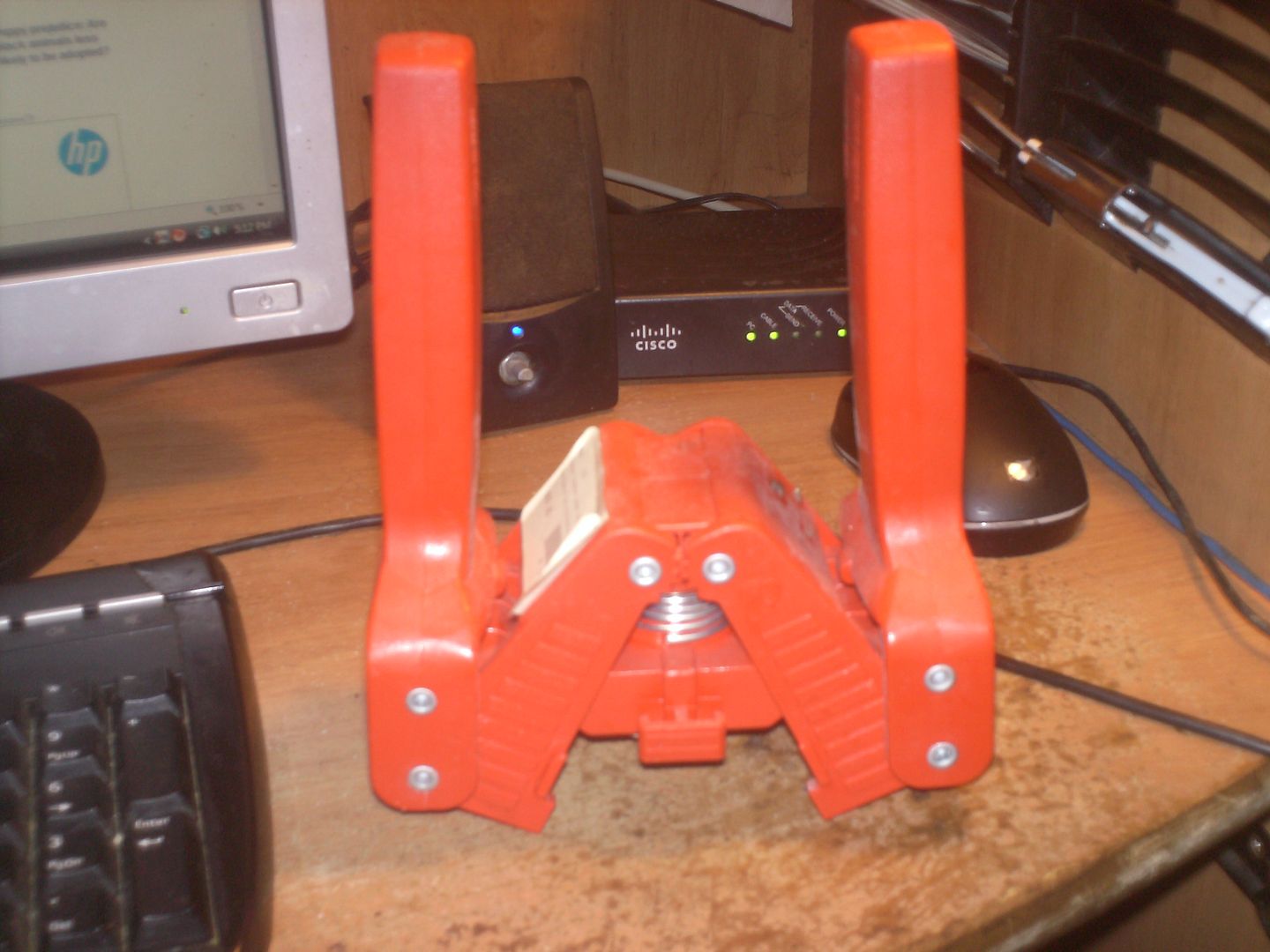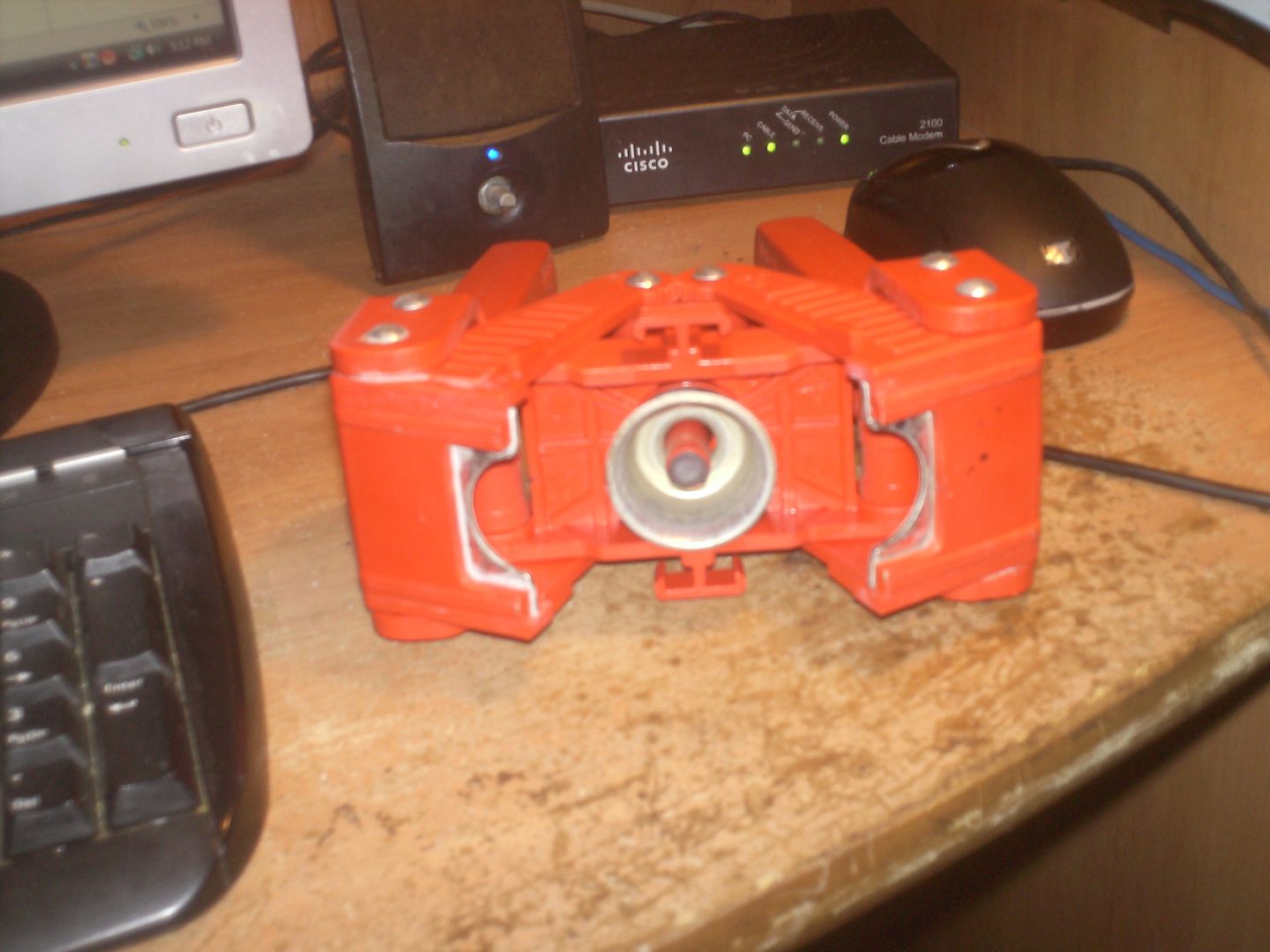vincentAlpha
Well-Known Member
If you are using the pump for other things between batches (wine, cider, whatever) I'd consider using something else to transfer the finished beer on a small batch and see if there is something from the pump, even if it is used only for beer subsequently it wouldn't hurt to try anyway. I tend to be somewhat distrustful of anything closed/un-serviceable no matter how much cleaner or sanitizer you run through it so that's my first suspicion. Also +1 to the balloon/ziplock idea, brilliant way to check for bad seals.





